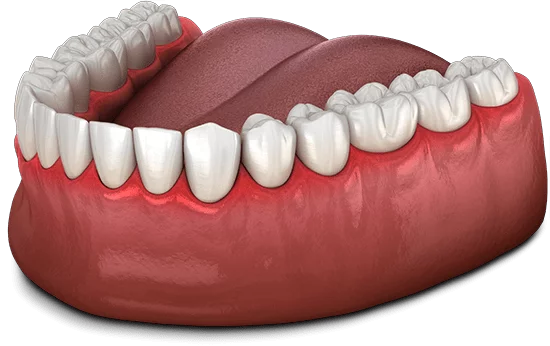How can I detect gum disease?
Gum diseases are considered as inflammation of the tissues surrounding the tooth. They usually do not cause pain. This too; It causes the person to realize the gum disease late. Therefore, it would be appropriate to call this disease an insidious disease. The healthy gingiva is rose-pink in color, firmly adhered to the tooth, and has a sharp end like a knife-edge, non-bleeding and non-bloating. With the deterioration of health, the color first becomes reddish, the gingiva becomes slightly swollen and gradually loses its ability to hold firmly on the tooth. The attachment areas on the tooth move away from the knife-edge form. Bad breath begins to occur, but most importantly, bleeding occurs when brushing and / or spitting or biting hard food. What the patient should do then is to immediately contact a dentist or a gingival specialist. Otherwise, irreversible results may occur, which puts the patient and the physician in a difficult situation. It should not be forgotten that what keeps the tooth in the mouth is the supporting tissues surrounding it. Loss of supporting tissues will mean loss of tooth.
My gums bleed often, why?
The first and most important symptom of gingival diseases is gingival bleeding. It manifests itself even more with color, deformities and bad breath in the gums. Healthy gingiva is pale pink in color. It is firmly adhered to the tooth and bone and has a shiny – rough appearance similar to an orange peel. The main cause of gum disease is a sticky transparent layer that is firmly attached to the tooth called bacterial plaque. You can notice plaque by scraping your teeth with your fingernail. If the bacterial plaque is not removed, it hardens and deposits called tartar or tartar form. Toxins (harmful substances) produced by bacteria in plaque damage the gums. Toxins wash the supporting tissues around the gums, move away from the teeth, and more bacterial plaque accumulates in the formed periodontal pockets. As periodontal disease develops, the pockets become deeper. Bacterial plaque adheres to the exposed root surfaces of the teeth. The bony support of the teeth is lost and untreated teeth begin to wobble and eventually have to be extracted.
